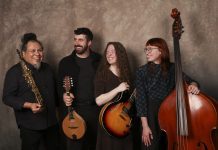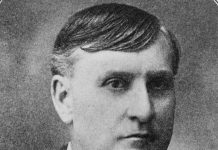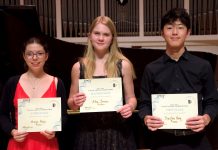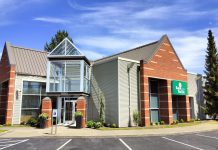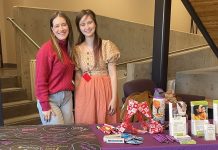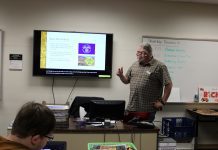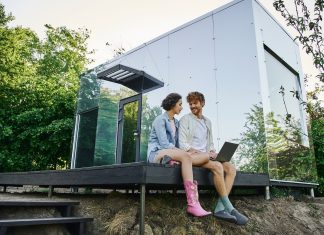As part of the Whatcom Museum’s vision to connect people to new ideas, old traditions and each other, visitors can take part in a vast range of programs and exhibitions designed to get us thinking about our changing cultural, natural and historical landscapes.
Through Art Bridges’ ‘Bridge Ahead Initiative,’ a grant which provides financial and strategic support to museums so they can engage with their communities and meet needs during COVID-19, the museum has purchased digital equipment that allows them to offer livestream, virtual webinar, and other digital programs and events.
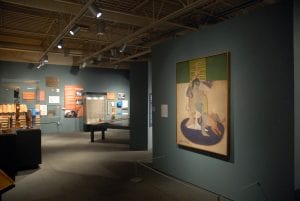
Christina Claassen, Whatcom Museum’s marketing and public relations manager, notes that visitors can now enjoy the museum in two ways: in-person, in a well-managed environment with excellent COVID-19 safety protocols in place, and virtually, for people who wish to engage from the safety of their homes.
[Editors note: In response to Gov. Inslee’s recent COVID-19 restrictions, the Whatcom Museum campus will be closed November 16 through December 15, 2020, or until further notice.]
“Our virtual programs have allowed us to reach a broader audience beyond Whatcom County and have helped us stay active and relevant to our community even in these challenging times,” Claassen says.
Art Bridges’ funding also allowed the museum to pivot its “Story Dome” project digitally, as well as create video virtual tours of the exhibitions while it was closed for six months.
The museum will continue to provide public programs by funding the tools and staff time necessary to adapt programs virtually. With the hardware and software acquired through this grant, staff can also put efforts into creating new digital content.
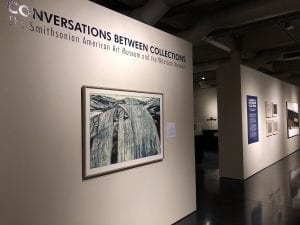
Chelsea Macias, museum educator, works with partner programs, manages access programs “Museum in Mind” and “Low Sensory Sunday,” designs public events and provides assistance to the educational programs, as well as field trips.
Macias is eager to share her personal experiences working at the museum in the access programs.
“Museum in Mind” is a program dedicated to providing an art viewing and art making program to individuals with early onset memory loss and their care partners.
“During our pilot program, we had one individual with early onset memory loss, who spoke eloquently about each painting we viewed,” says Macias. “Their care partner informed us that the individual hadn’t spoken with such animation for a while. I just love how art can be so powerful in that way.”
The museum’s “Low Sensory Sunday” program (currently on hold due to the FIG closure) provides dedicated hours at the Family Interactive Gallery for families with children on the autism spectrum. Watching children and their families enjoy a low-stakes and safe experience at the museum is downright joyful, according to Macias.
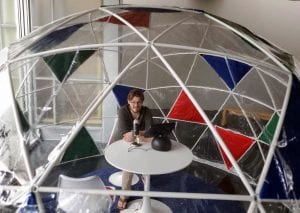
“The great thing about the Whatcom Museum is our community-focused mission,” she says. “We strive to provide fun, educational experiences for everyone who walks through our doors or clicks onto our website.”
Whether you’re a student learning about art collection on a virtual field trip or an adult attending one of the museum’s various speaker programs, there’s something new and engaging to be discovered.
Drew Whatley, lead museum educator, was sad to cancel the 2020 spring field trip season for school children, but has taken programs online or modified them for social distancing. The museum’s resident streaming and video production expert, Whatley is currently working on creating a virtual experience for “People of the Sea and Cedar” exhibit.
“The thing I love about Whatcom Museum,” he says, “is that we’re always adding and trying new things, new interactives, new ways to engage.”
Whatley is enthusiastic about the fantastic pieces in the recently opened “Anatomy of a Collection” exhibition, and is excited to bring in the traveling exhibit “1968: The Year That Rocked America” in January. “After surviving 2020, I think that’s an exhibit we’ll all be able to relate to.”
The Whatcom Museum has always focused on creating a community space where people feel comfortable sharing and contributing. To that end, a favorite new addition is its Community Timeline, a 50-foot-long chalkboard timeline at the Lightcatcher Building that spans from 1920 to 2020.
“Aside from indicating the decades for folks, we left it blank and are asking our community to come fill it in with whatever is important to them,” Whatley says. “I’ve seen both thought-provoking and hilarious events added, but there’s still plenty of space left to fill.”
Sponsored




